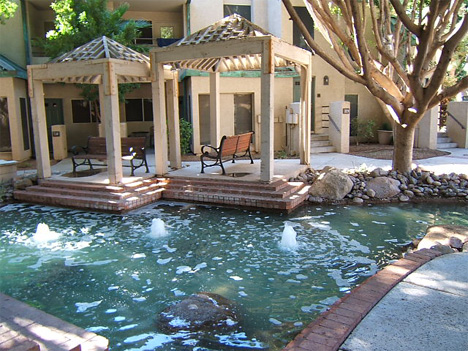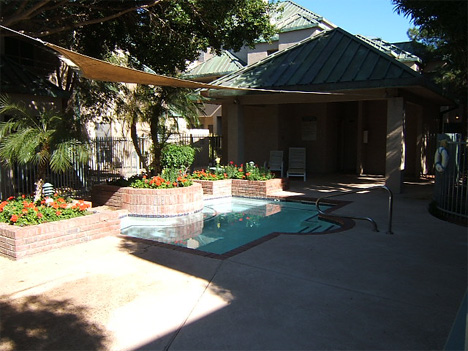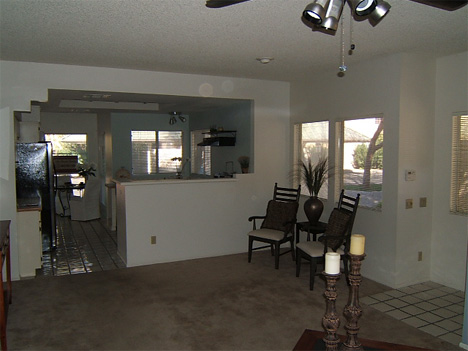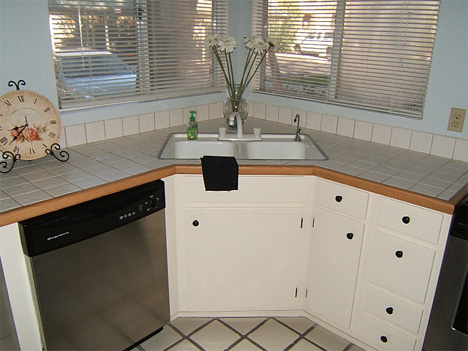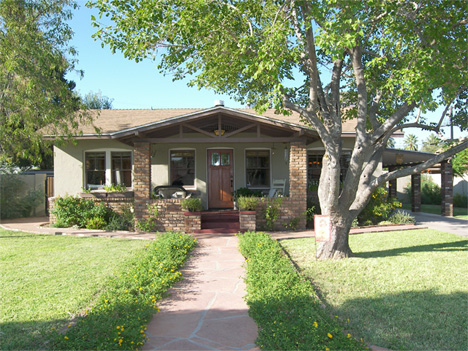This is my column for this week from the Arizona Republic (permanent link).
Do you own a home in Metropolitan Phoenix? Trying to sell one? I feel your pain. But for investors and first-time home buyers, prices and interest rates are low and incentives abound.
It can hurt to be a home seller right now. Buyers are thin on the ground, and the fire-sale prices available for bank-owned homes makes holding out for more very tough.
It’s really not all that pleasant to be a home owner for now. Whatever equity you had is gone, and every time another one of your neighbors loses a home to the bank, values go down even more.
If you keep making your payments, you’re probably throwing good money after bad. But if you let your house go by short sale or foreclosure, your credit’s wrecked.
Is there anyone for whom the housing market is not a disaster?
There is, actually. Two groups of consumers have a lot to gain from this real estate market.
The first group is rental home investors. Prices in Metropolitan Phoenix are very low, as are interest rates, but rents have held steady for the past five years. And Fannie Mae just raised the limit — from four houses to ten — on the number of homes investors can buy.
The second group — first time home buyers — has things even better. FHA loans require only a 3.5% down-payment. And the newly-passed stimulus bill includes an $8,000 tax-credit for first-time buyers.
That’s a true credit against taxes owed, not a deduction from taxable income. Buyers will be credited 10% of the purchase price of the home, up to $8,000.
So let’s go buy an $80,000 house — which can be a lot of house in Metropolitan Phoenix right now.
You’ll need $2,800 for the down payment. But since we’re going to get the seller to pay closing costs, that’s all the money you would need to buy the house.
Principal and interest is going to run $463 a month, and taxes, insurance and the HOA fee will add another $193. A three-bedroom home in the suburbs is going to cost you less per month than a three-bedroom apartment.
And next April, $8,000 cash is going to come back to you from the tax credit.
Technorati Tags: arizona, arizona real estate, investment, phoenix, phoenix real estate, real estate, real estate marketing
